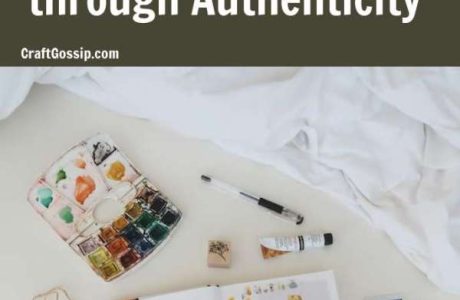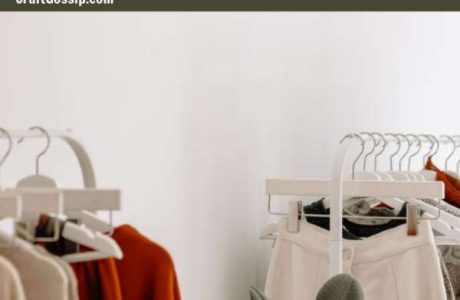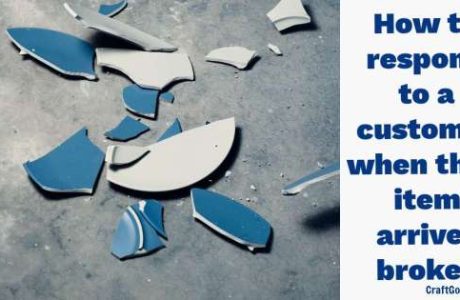Ricefield is a collective, founded by women across three continents to help women in the Ifugao region of the Philippines stay on their ancestral land by paying them a fair wage. Together they make high quality hand knitted accessories from the softest sustainable wool.
This summer, 25 women in a small village nestled in the rice fields of Banaue, a world heritage site, learnt how to knit. Taught by designers and teachers from Europe and the USA, they took to it likes ducks to water. Funded by a Kickstarter Campaign that was a runaway success, their hats and scarves are now on conscientious and chic heads across the globe.
The indigenous women are farmers very much in the style of their ancestors. The rice fields, which were carved in to the Ifugao Mountains over 2000 years ago, were not designed to be worked by machines; everything they do is by hand. In recent years, as the ways of the world have changed rapidly, many have been forced off their land in search of work in the overcrowded cities of the Philippines and abroad. What they really want to do is stay in the mountains and keep their heritage alive, while learning new skills and connecting with people from across the world.
Year round there is work to be done in the fields, but the rhythm of farming is such that there are quiet times between the busy months of planting and harvesting. It is during these waiting times that the women gather to knit. Though they are able to take the work home, it is an inherently social activity where techniques, gossip and childcare are shared.
Designers based in London, Amsterdam and New York travelled to the Philippines to teach and be inspired for the next collection. It was the local basket weaving tradition that got their creative juices flowing. Basketry appears everywhere, fulfilling many functions from rat-proof food containers, chicken coops and backpacks to walls of buildings. Some are temporary solutions while others, such as wedding boxes are handed down from generation to generation.
Structurally, weaving and knitting are very different. Finding ways to make knits look woven was a fun challenge. In essence, weaving is a grid of overlapping verticals and horizontals. Knitting on the other hand is a continuous series of loops. Transforming the rigidity of basketry in to the fluidity of knitwear called for some snazzy techniques. But, making sure the patterns were appropriate for fledgling knitters required designs that appear more complex than they are.
For example, the stitch structure of the Winnowing Hat is based on the flat circular baskets used to separate the rice kernels from their chaff. Worn smooth and stained auburn from many years of handling, they are a world away from a soft, pliable, snugly fitting hat. And yet, the over and under of weave can be seen in both. To create this, a form of cable knitting was used. Cable knitting is most easily recognisable in the cream, densely knitted fisherman sweaters of Ireland with their patterns that echo Celtic Knots. Usually a third needle, called a cable needle is used to transfer one set of stitches in front or behind another, making it look like they are travelling over or under. Because only a couple of stitches are being swapped at a time, it is possible to knit this pattern with only two needles.
This intersecting of skills and culture to find sustainable, fair and generous solutions is what makes Ricefield special and it is knitted in to every stitch with pride and hope for the future. The Winnowing hat and other designs are available through the website, as modelled by the knitters themselves and arrive beautifully packaged with a photograph of their maker.








Leave a Reply